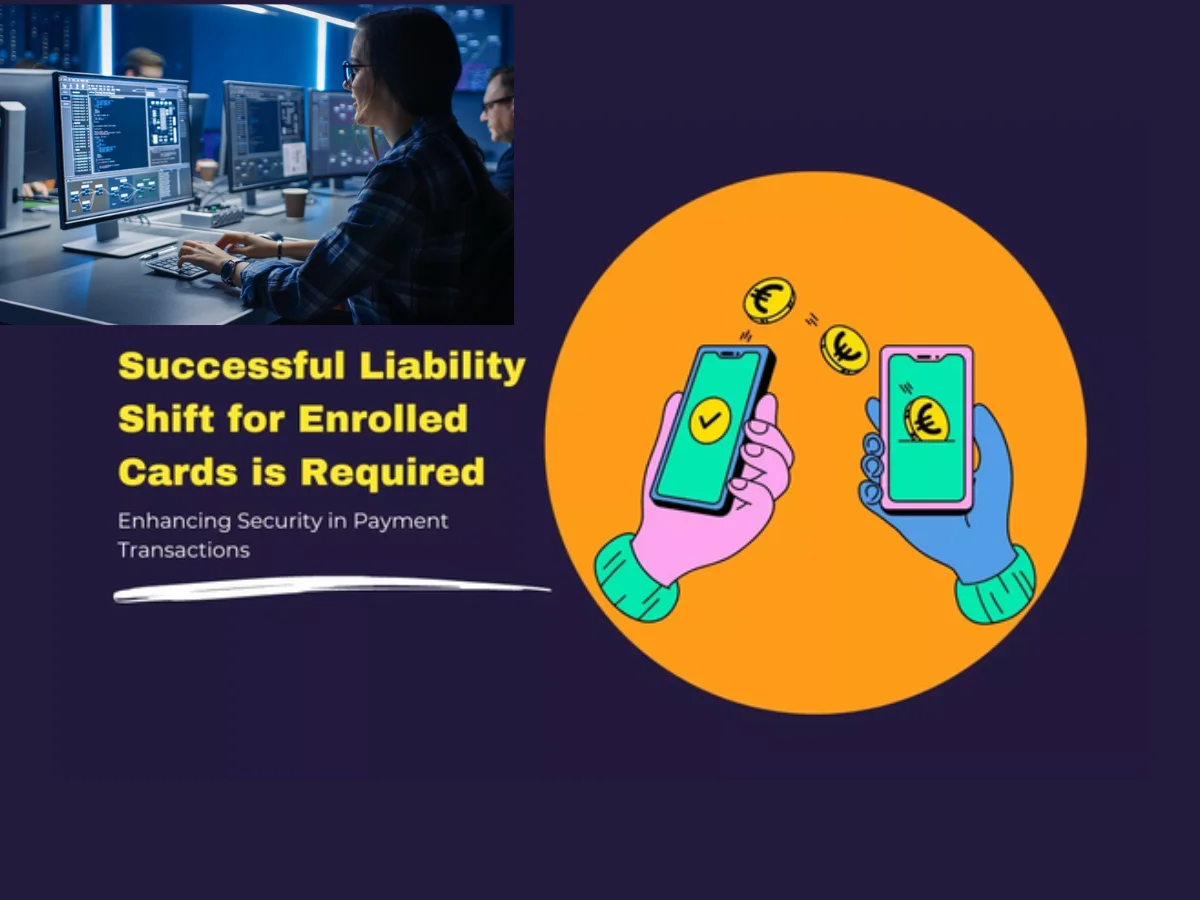Introduction
In an age where electronic payments have become the norm, understanding the nuances of financial transactions is crucial. One such aspect is the liability shift for enrolled cards. This article will delve into the intricacies of what a successful liability shift entails, why it is essential, and how businesses and consumers can ensure it works effectively.
Understanding Liability Shift
Liability shift refers to the transfer of financial responsibility from one party to another in the context of fraudulent or disputed transactions. In the world of payment cards, such as credit or debit cards, the liability shift typically occurs when a transaction is subject to a dispute, often due to suspected fraud.
Why Liability Shift Matters
Liability shift is a critical aspect of electronic payments for several reasons:
- Protection Against Fraud: It provides a level of security for consumers and businesses by holding the responsible party accountable for fraudulent transactions.
- Reduced Financial Impact: Without liability shift, disputed transactions could result in financial losses for businesses or consumers.
- Enhanced Trust: Knowing that liability can shift to the party responsible for a fraudulent transaction enhances trust in electronic payment systems.
The Process of Enrolling Cards
The process of enrolling cards in liability shift programs involves:
- Merchant Enrollment: Businesses or merchants need to enroll in liability shift programs offered by payment service providers. This enrollment typically involves agreeing to certain terms and conditions.
- Authentication Methods: Merchants may be required to implement specific authentication methods, such as chip and PIN or two-factor authentication, to qualify for liability shift benefits.
- Compliance: Merchants must ensure compliance with security standards and protocols to reduce the risk of fraud.
Tips for a Successful Liability Shift
To ensure a successful liability shift for enrolled cards, both businesses and consumers can follow these tips:
- Stay Informed: Keep up-to-date with the latest security measures and fraud prevention techniques.
- Secure Transactions: Implement strong security measures, such as encryption and two-factor authentication, to protect cardholder data.
- Regular Monitoring: Businesses should regularly monitor transactions for any suspicious activity and take prompt action when necessary.
- Prompt Reporting: In case of a disputed or fraudulent transaction, report it to the card issuer or payment service provider promptly.
Conclusion
A successful liability shift for enrolled cards is essential for maintaining trust and security in electronic payment systems. Understanding how it works and taking the necessary steps to protect against fraud benefits both businesses and consumers. By staying informed and following best practices, we can all contribute to a safer and more secure payment environment.
FAQs
1. What is a liability shift for enrolled cards?
A liability shift refers to the transfer of financial responsibility for disputed or fraudulent transactions from one party to another. In the context of payment cards, it often involves holding the responsible party accountable for such transactions.
2. Why does liability shift matter?
The liability shift is crucial as it provides protection against fraud, reduces financial impact, and enhances trust in electronic payment systems.
3. How can businesses enroll cards in liability shift programs?
Businesses can enroll in liability shift programs offered by payment service providers by agreeing to specific terms and conditions and implementing necessary security measures.
4. What can consumers do to ensure a successful liability shift?
Consumers can stay informed about security measures, secure their transactions, and promptly report any disputed or fraudulent transactions to their card issuer or payment service provider.
5. Are liability shift programs the same for all payment cards?
Liability shift programs may vary between different payment card networks and providers, so it’s essential to understand the specific terms and conditions of the program being used.
Read more: https://lookupin.co.uk/
